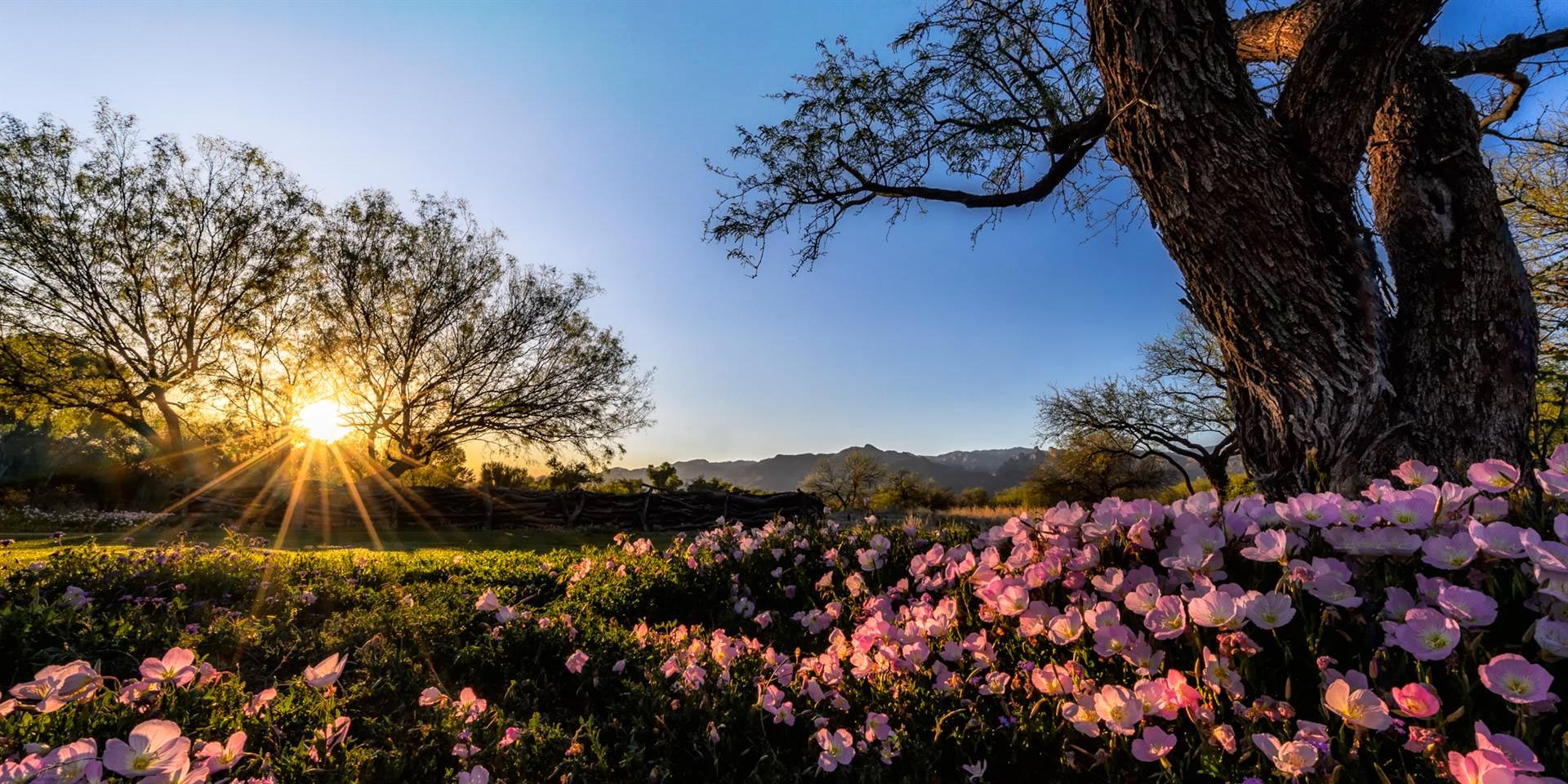Book Review: Plants of Arizona, 3rd Edition
Posted Jan 25, 2022
BOOK REVIEW by Anita Thompson, Apache County Agricultural Extension, University of Arizona, Arizona Native Plant Society
Plants of Arizona, 3rd Edition by Anne and Lewis Epple, Revised by John F. Wiens, Photos by Lewis Epple, John F. Wiens, and Julie H. Wiens.
2021. 480 Pages. $34.95. Falcon Guides, Guilford Connecticut. Available from many independent booksellers, at local botanical gardens, through retailers supporting electronic readers, and from online retailers.

Plants of Arizona was originally published in 1997 by Anne and Lewis Epple. It was revised once in 2012 and most recently in 2021 by John F. Wiens. In each revision, new plants and photos were added, and common names and botanical nomenclature were updated. As someone who has a well-loved 1997 edition of this book, this new update is a nice addition to an already coveted and readily recommended field guide.
The original authors, Anne and Lewis Epple were well-known in the Arizona botanical world as they spent several years researching and photographing plants for the original edition. Anne Orth Epple has written books on other scientific topics, including fossils and amphibians. Lewis Epple, who passed away earlier this year, was the original photographer of the plants in the book. The photos remain a primary part of the book honoring his memory. John F. Wiens is a research associate at the Arizona-Sonora Desert Museum and has a significant background in the Arizona flora, and its distinct and diverse character. He has brought his extensive botanical knowledge and background as a horticulturist and researcher to this field guide which has added an expanded dimension to the already well-loved 1997 version of the guide.
One of the reasons Plants of Arizona is such a coveted field guide is the authors’ focus on the flower as a primary identification piece. It makes the identification of both native and non-native plants found in Arizona so much easier and quicker. In addition, plants for all elevations and life zones are included in the guide. You can tuck it in your backpack for plant identification regardless of whether you are headed to the Sonoran Desert, over to the juniper woodlands, or up to Mount Baldy.
The book is divided into several sections that are very helpful to the plant identification novice, or more seasoned plant guide users that just need helpful reminders. The first section covers the Arizona life zones, everything from the deserts to the alpine zones. This is followed by plant-family descriptions, which cover most plant families. Dicots, monocots, gymnosperms, and ferns are all represented. Listed under each family is the formal nomenclature, a description of how the plants grow in Arizona (shrub, forb, etc.), and a generalized botanical description of the plants in that family by flower, leaf, and fruit.
After the main identification section, there is a helpful glossary of terms used in the book, a reference page showing the parts of the flower, a list of references, and an index with both scientific and common names of the plants. The book is laid out well and has a good flow that even the newest plant aficionado can use.
The highlight of the book is the approximately 1,100 plants featured with full-color pictures showing at a minimum the flower, and many times there are also photographs of leaves or the general structure of each plant. The angiosperms are listed first and divided into flower bloom-color classes: white to cream, yellow, orange, red, pink to purple, blue, and green to brown. Then the cacti are followed by the gymnosperms, and last are the ferns. Each plant is labeled with the primary common name in bold, followed by any other common names. Then the botanical/scientific name is listed, with the family name. Each plant then has a description by form, flower, leaves and stems, time of flower bloom, elevation, habitat, and any comments.
Identifying plants can be a challenge for even the most seasoned botanists, and a good field guide is worth its weight in gold. Plants of Arizona has multiple things that make it a highly desirable plant guide, from covering multiple elevations and life zones, to the clear and beautiful photographs, and my personal favorite — it can be purchased and loaded on my reading application on my phone which means I can carry the guide with me for easy access anywhere I go. Even if you prefer the book format, it’s small enough to pop in your backpack or in the glove box of your car for easy reference. The book will be a great addition for both the plant novice and the seasoned botanist.
This book review is reprinted for the Plant Press Arizona, Winter 2021.

